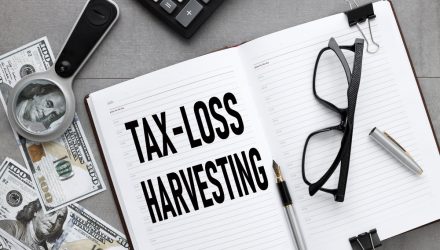Tax-loss harvesting was top of mind last year as investments across asset classes were in the red; however, it’s a useful tool that shouldn’t be overlooked in 2023.
While the broader market is up year to date, some investors may be holding onto investments that are not generating attractive returns. Understandably, no one wants to lose money on an investment. The upside is that these losses can potentially be used to help reduce one’s tax bill.
Tax-loss harvesting involves selling investments at a loss. The investor then uses capital losses to offset capital gains and/or ordinary income. If losses exceed gains or only losses are incurred, up to $3,000 can be used to offset ordinary income in the current year. Notably, any amount above $3,000 can be carried forward for use in future years.
The final step using the money from the sale to replace the investment. Investors can either maintain the portfolio’s existing asset allocation or invest in a new area.
By selling an underperforming investment, there is now cash on the table to invest in something else. Furthermore, tax-loss harvesting is a process that can potentially help investors earn better returns and lower their tax bills.
Beware the Wash Sale Rule
There is one important limitation to note for tax loss harvesting: the wash sale rule.
The wash sale rule prohibits investors from buying a “substantially identical” investment within 30 days of claiming a loss on the sale of an investment (before or after).
Notably, ETFs can help avoid the wash sale rule. An ETF may hold enough securities to pass the test of not being “substantially identical” to the previous investment. Because there are many nuances, it’s important to consult a tax professional for guidance.
For more news, information, and analysis, visit the Financial Literacy Channel.

